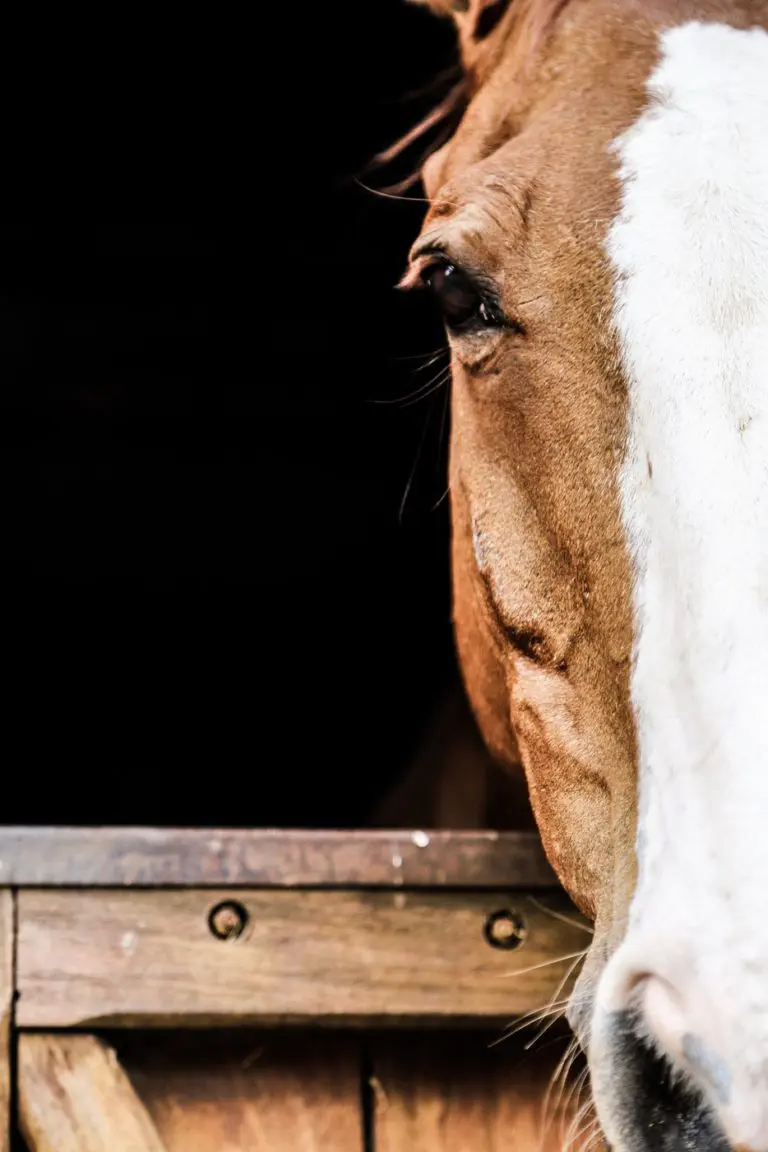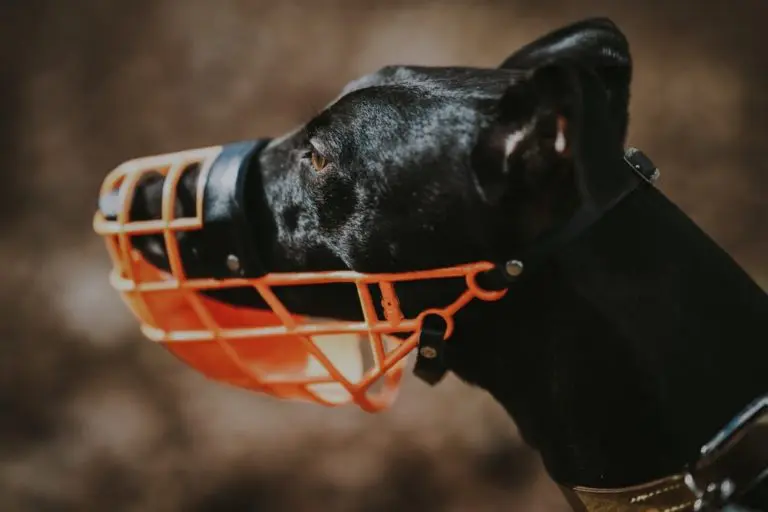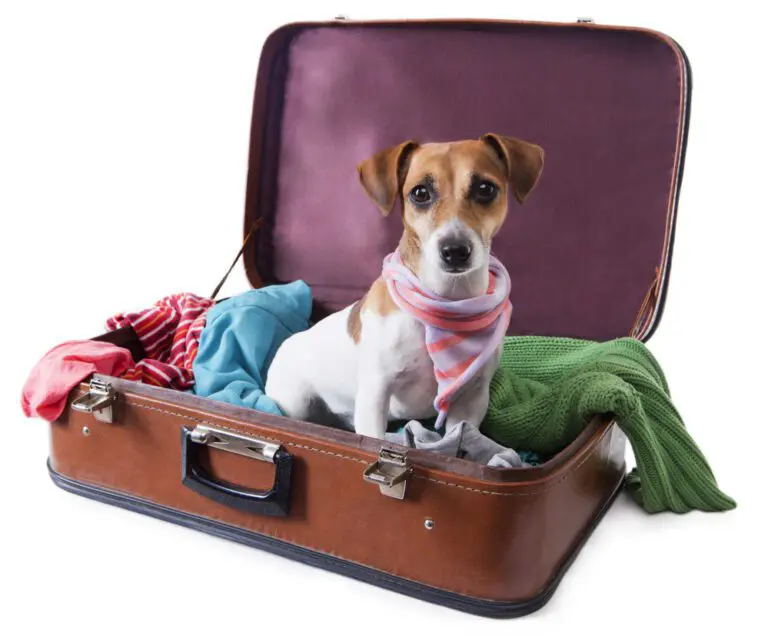Understanding the Importance of a Properly Fitted Dog Harness for Daily Walks and Training

When walking our canine friends, a dog harness is not just a luxury but a necessity for many. A properly fitted harness can make a significant difference in the control you have over your dog and their comfort. A too-tight harness might irritate and chafe, while an excessively loose one might let a cunning pet escape and even put them in danger. For the uninitiated, selecting and fitting a harness might seem overwhelming. Still, it’s a task that, when done correctly, can enhance walks and training efforts, making them more enjoyable and productive. Considering the importance of a well-fitted harness ensures comfort and may prevent injuries attributable to an ill-suited collar or harness.
Health and Comfort: The Starting Point for Harness Selection
A Dog harness is a healthier alternative to collars for many breeds, particularly those prone to respiratory issues or tracheal collapse. A correctly fitted harness distributes the pressure caused by pulling across the shoulders and chest rather than solely around the neck, reducing the strain on the windpipe and neck area. Consequently, this can lead to a more pleasurable experience for your dog, eliminating the discomfort or coughing that might occur with collar use. Comfort is another reason why selecting the correct harness is crucial. If your dog is comfortable, they are less likely to resist the harness, making your training efforts more successful. A comfortable harness does not rub or cut into the skin or restrict your dog’s natural movements. Padding is an added feature in many harnesses, ensuring the force is cushioned even if your dog pulls. The benefits of a comfortable and well-fitted harness are best realized with consistent and proper use, and it is helpful to refer to reliable sources like PetMD to gain more insights into what to look for.
Choosing the Right Harness
With an array of options available, from no-pull harnesses to those fashioned for specific climates or activities, pinpointing the right one for your dog can seem daunting. It is more complex than picking out the most aesthetically pleasing option. The harness should match your dog’s size, which is especially pertinent for breeds on the extremes of the size spectrum. Large, strong dogs will require a robust harness that can withstand significant force, while smaller dogs need a harness that can offer control without overpowering them. The material is equally important — look for breathable fabrics, such as mesh, if you live in a warmer climate, or padded, sturdier materials for support and warmth in colder conditions. The adjustability allows for a custom fit and accommodates a growing dog or weight fluctuations. Pay close attention to how the harness is secured on your dog; buckles and clips should be secure yet accessible for the owner to open when necessary. Lastly, consider your dog’s temperament and the purpose of the harness. If your dog is a strong puller or you are using the harness primarily for training purposes, specific designs cater to these requirements, offering better control and training features.
Measuring Your Dog for the Perfect Fit
One size does not fit all when it comes to dog harnesses. The key to the perfect fit is accurate measurements. A soft measuring tape is the best tool for this job. Wrap the tape around the broadest part of your dog’s chest, typically right behind the front legs; this is where the circumference of the harness will sit. Ensure you have a snug fit but can still comfortably fit two fingers under the tape. This same method applies to measuring the neck area, though some harness designs may not require neck measurements. Adding a couple of inches to your measurements gives your dog enough room to breathe comfortably without risking the harness being too tight or restrictive. As sizing can vary between companies, you must match your dimensions to the sizing chart supplied by the harness maker. The ability to adjust is a handy feature. Seek harnesses that offer several points of adjustment to achieve the ideal fit.
The Role of Harnesses in Training and Behavior
Harnesses can be incredibly effective tools in dog training, particularly for teaching walking etiquette. Designs like front-clip harnesses can redirect a dog’s movement and discourage pulling, subtly training them to walk by your side. A harness provides a sense of security for the dog, making them less likely to react negatively to stressful stimuli and easier to manage. This increased sense of control can encourage calm and focus, which is beneficial in training scenarios. Canines are more likely to react positively to learning commands and cues when they feel comfortable and unthreatened by the restraint their harness provides.
Out and About: Harnesses for Various Activities
The dog harness you choose should correspond to the activities you and your dog engage in. A lightweight, breathable harness is ideal for a daily walk in the park, but if you enjoy hiking rough terrains with your dog, a more rugged design, possibly with a handle for added control, would be advisable. There are even specialized harnesses for running, equipped with shock absorption to make the experience more comfortable for both the dog and the owner. Whatever your needs, a harness is designed to meet them, ensuring safety and comfort during all your shared adventures. Consider your dog’s preferences and the nature of the physical activities to select the most appropriate harness that can meet the demands of the exercise.
Maintenance and Care of Dog Harnesses
Caring for your dog’s harness is essential to ensure its longevity and maintain its safety features. Regular cleaning, according to the manufacturer’s instructions, is vital to prevent the build-up of dirt and bacteria, which could cause skin infections or irritation. Check the harness frequently for wear indicators like ragged edges, sloppy stitching, or broken buckles. These may compromise the harness’s integrity and your dog’s safety, but keeping it well-maintained ensures that it will always be in the best condition to protect your dog. Always consult resources like The Spruce Pets for tips on upkeep and care to keep your canine’s harness like new.
Harnesses and Safety: Navigating Busy Environments
Whether it’s a bustling city street or a crowded park, ensuring your dog’s safety in busy environments is paramount. Look for features on dog harnesses designed for visibility and safety, such as reflective patches or LED lights, which are beneficial during low-light conditions. An adequately secured harness can be crucial when navigating through high-traffic areas, as it reduces the risk of your dog slipping out and potentially darting into danger. Training your dog to feel comfortable in a harness plays a significant role in how they will handle busy environments, making it all the more important to choose the correct harness and ensure its proper use.
Typical Errors to Avoid When Putting on a Dog Collar
One common but crucial mistake to avoid is not regularly checking the fit and condition of the harness. Changes in your dog’s weight or size can happen gradually, and an ill-fitting harness can lead to discomfort or escape. A failure to regularly inspect the harness for signs of damage or wear can lead to malfunction at inopportune times, significantly endangering your dog. Ensuring that the harness fits snugly but doesn’t impede your dog’s breathing or movement is a vital step in its proper use. Another error is to assume that one harness is fit for every kind of activity; different designs serve various purposes, and using the wrong type of harness might negate its benefits or even pose a risk.
Final Thoughts
A dog harness is more than an accessory; it is a tool that, when used correctly, improves the quality of life for both the pet and their owner. By choosing a suitable harness, ensuring that it fits well, and maintaining it, you fulfill a part of your responsibility as a pet owner to protect and care for your canine friend. Regular walks and training become more pleasurable and safe with the correct harness, fostering a stronger bond between you and your pet. When you know what to look for and how to use it properly, a dog harness becomes essential to your pet care arsenal, reflecting the loving care every dog deserves.







Investment is key. While it is work in the front side it pays off in the. long run!